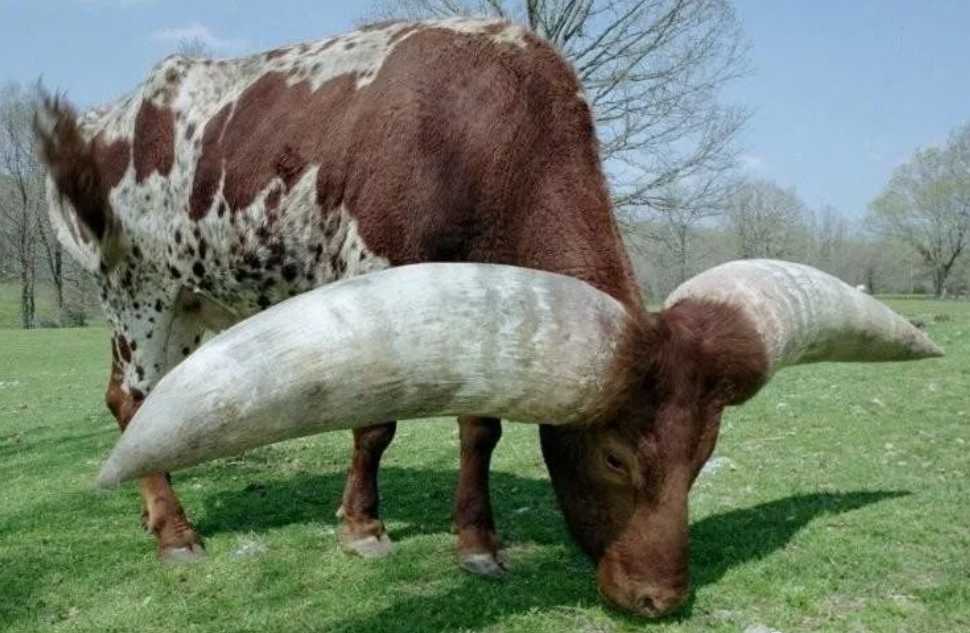The Watusi Cattle: Africa’s Majestic Horned Giants with Cooling SuperpowersNative to southern Africa, the Watusi cattle (also known as Ankole-Watusi) command attention with their extraordinary horns—measuring up to 2.4 meters from tip to tip when fully grown. More than just a defensive weapon, these iconic appendages house a biological marvel: a honeycomb structure that acts as a natural radiator, cooling the bloodstream before it circulates through the body.
June 23, 2025, 3:12 pm EDT
Anatomy: Horns as Nature’s Air Conditioners
Behavior, Ecology, and Cultural Significance
Conservation and Modern Relevance










